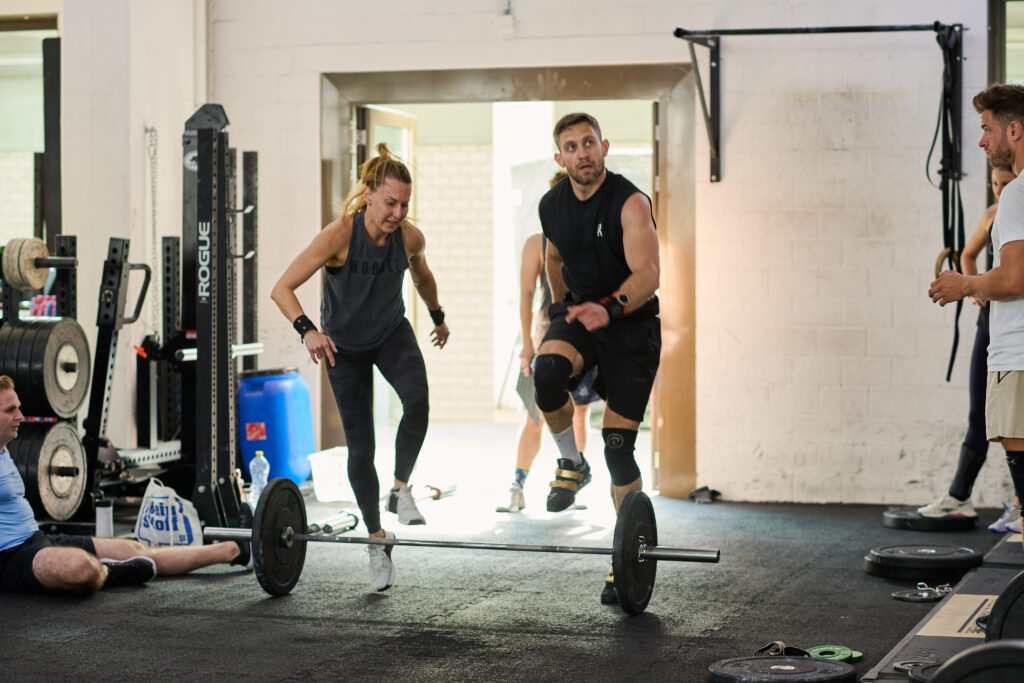
What is NEAT, and why are fitness professionals, health researchers, and coaches talking about it? NEAT stands for Non-Exercise Activity Thermogenesis—a fancy way of saying all the movement you do that isn’t formal exercise. Walking to the store, cleaning the kitchen, pacing during a phone call, climbing stairs, fidgeting at your desk… it’s all NEAT. And it could be the most overlooked factor in your long-term health, energy balance, and weight management.
For years, we’ve been told that “exercise is king” when it comes to staying healthy. And while structured training is important, the reality is that most of us spend far more time not exercising than we do working out. That’s where NEAT comes in.
NEAT: The quiet driver of your metabolism
To understand what is NEAT, you need to zoom out and look at total daily energy expenditure (TDEE)—that’s the number of calories your body burns in a day. TDEE is made up of four main components:
- Basal Metabolic Rate (BMR): Energy used to keep your body functioning at rest
- Thermic Effect of Food (TEF): Energy used to digest and process what you eat
- Exercise Activity Thermogenesis (EAT): Energy burned during intentional workouts
- Non-Exercise Activity Thermogenesis (NEAT): All the rest—your daily movement
While structured workouts may account for 5–10% of your daily energy expenditure, NEAT can account for up to 50%, depending on how much you move throughout the day. That means two people who do the exact same workout routine could have wildly different results—just based on their non-exercise movement. As Chung et al. (2018) explain in their review of daily energy expenditure,
“NEAT is a highly variable component of daily TEE and a low level of NEAT is associated with obesity.”
(Journal of Exercise Nutrition & Biochemistry)
What counts as NEAT?
Basically, everything that gets you off the couch but doesn’t count as a workout.
- Walking to work, to school, to the store
- Fidgeting, tapping your feet, stretching at your desk
- Household chores like vacuuming, cooking, and gardening
- Playing with your kids or pets
- Standing instead of sitting
- Commuting by bike or on foot
The magic of NEAT is that it doesn’t require a schedule. It’s not another to-do on your list. It’s woven into the fabric of your day.
And the benefits go far beyond calories. Higher NEAT levels are associated with:
- Lower body fat
- Better insulin sensitivity
- Reduced cardiovascular risk
- Improved mood and energy
- Greater mobility and functional independence as you age
It’s no exaggeration to say that NEAT can be a make-or-break factor for long-term health.
Why NEAT matters more than ever
Modern life is designed to minimize movement. We sit to work, drive to the store, use elevators, order groceries, and spend hours hunched over screens. Even highly motivated, fitness-conscious people may only exercise a few hours a week—leaving 160+ waking hours to be sedentary.
That’s why increasing NEAT can be such a game-changer. You don’t need to do more workouts. You need to move more between them.
Here are a few practical ways to boost your NEAT:
- Walk or bike for short errands instead of driving
- Take the stairs every chance you get
- Set a timer to stand up and stretch every 30 minutes
- Get off one stop early if you take public transport
- Pace while on calls or during Zoom meetings
- Make chores count—clean with purpose and speed
- Stand or use a walking desk while working
- Play—throw a frisbee, shoot hoops, kick a ball
The best NEAT “program” isn’t a program at all. It’s a mindset shift: movement is medicine, and every bit counts.
NEAT + training: your most powerful combination
Here’s where the magic happens: when you combine smart, efficient workouts with a movement-rich lifestyle, you unlock the full spectrum of health and performance. You get stronger, fitter, leaner—and you recover better, sleep deeper, and feel more energized.
Whether you’re doing three well-structured workouts a week, personal training, or high-intensity functional training, those sessions are the spark. But NEAT is the oxygen. Without it, the fire doesn’t burn for long.
So the next time you wonder what is NEAT, remember: it’s not just background activity. It’s a vital part of your health strategy. It’s low-effort, high-impact, and 100% within your control.
Want help designing a lifestyle that blends smart training with more movement?
We can help you build a sustainable plan that works for your real life—not just your calendar. Book a consultation and we’ll map it out, step by step.




